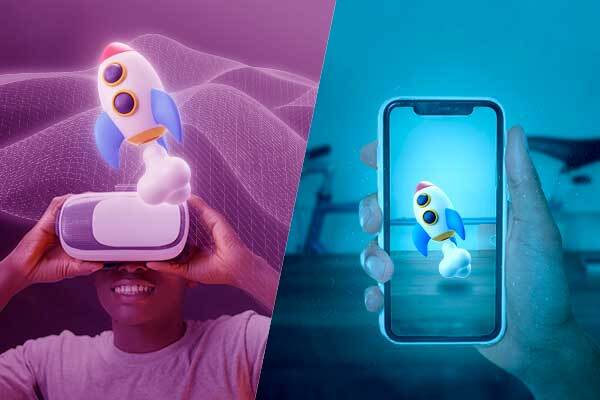Mixed Reality
Let’s start by talking about mixed reality. It is an umbrella term for Virtual Reality or Augmented Reality solutions. It was precisely for this use that Microsoft popularised the term in 2015, thus allowing it to launch a common app/game store for AR and VR devices. If an app required AR capabilities, then it would not let you install it on your VR device.
Today, it is common to use the term mixed reality to refer to technology capable of playing augmented reality content in a virtual reality environment (classically augmented virtuality).


What is Augmented Reality?
Augmented Reality is the study of techniques that allow digital content to be integrated with the real world in real time.
The main difference between Augmented Reality and Virtual Reality is that AR allows the user to perceive the real world by superimposing on it virtual content that is fully integrated and aligned with reality, while VR replaces the real world with a completely digital one where the user interacts only with it. When using AR, changes in the physical world have an impact on the real world.
According to Ronald Azuma, an Augmented Reality system must meet the following characteristics:
- It combines information from the real world and the virtual world. The system incorporates synthetic information into the perceived images of the real world.
- It is interactive in real time. Thus, film special effects that seamlessly integrate photorealistic 3D images with real images are not considered Augmented Reality because they are not calculated interactively.
- 3D alignment. The information in the virtual world must be three-dimensional and must be correctly aligned with the real world image. Thus, strictly speaking, applications that superimpose 2D graphic layers over the real world image are not considered Augmented Reality.
Augmented Reality uses technology: specially designed glasses, headsets or mobile phone lenses to add virtual layers that convey visual information about the real world around us. This technology creates unique experiences for the users that use them, providing them with extra knowledge about the environment around them. Objects, animated images, data and additional information that would not be there naturally can be reproduced in a real environment.
Two success stories recognised by many are those of IKEA and Nintendo with Pokemon Go. Let’s talk about them.
IKEA’s new app empties your home to decorate it afterwards
Ikea Place was one of the most successful apps of 2017 for allowing users to decorate spaces with their furniture in a ‘drag and drop’. This year, the Swedish giant has improved the functions of its flagship app by adding new features and improvements in a new app it has dubbed IKEA Kreativ.
IKEA Kreativ
At the moment this app is only available for iOS and in the United States. Some of the main differences with its predecessor IKEA PLACE, updated in 2019, are the use of Artificial Intelligence to show the user different items according to their preferences and tastes shown in the use of the app, and empty the room to be furnished before placing any other IKEA items, which makes it more convenient and practical than Ikea Place.
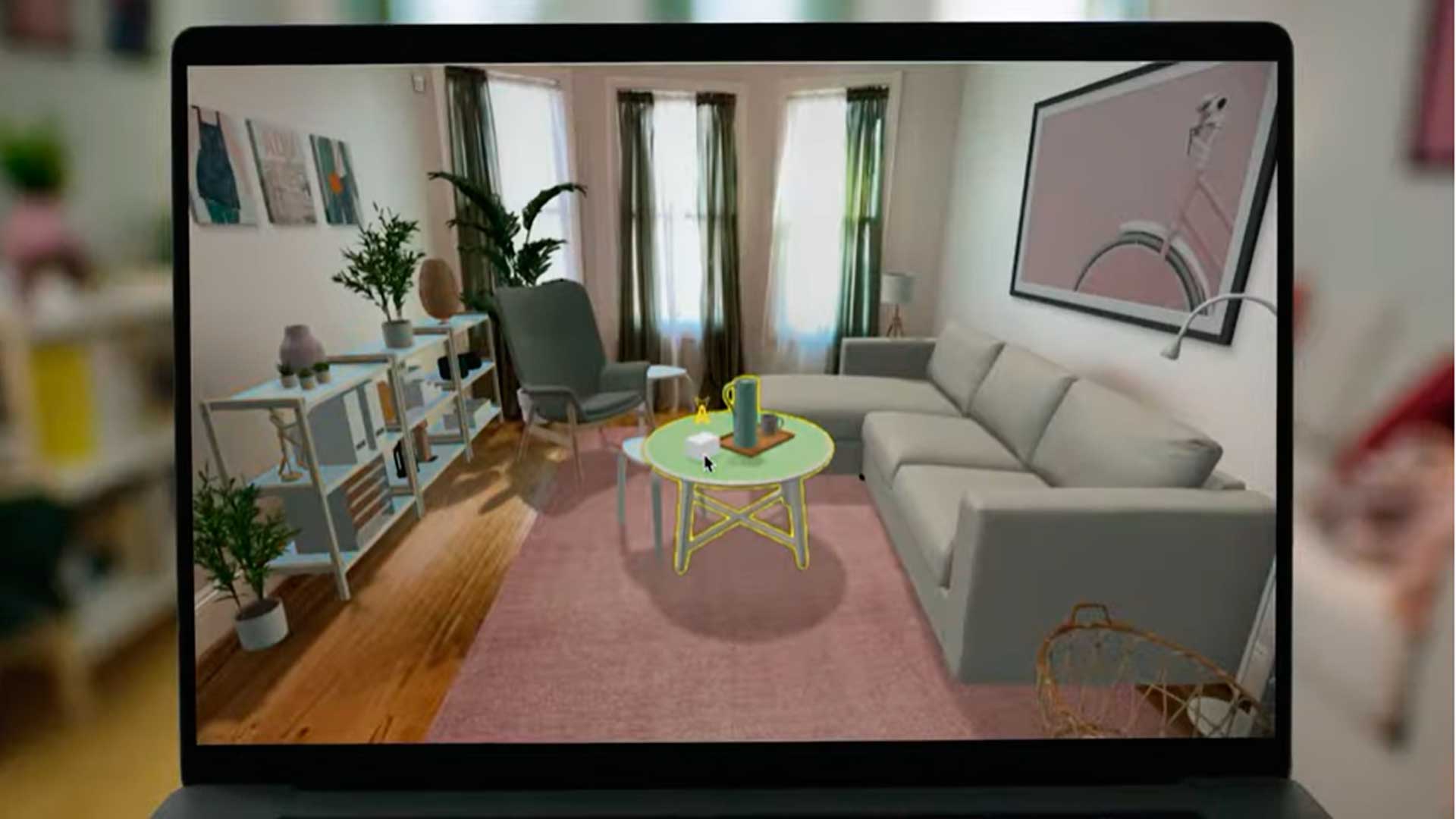
Ikea Kreativ uses the LiDAR scanners contained in the software of the iPhone 12 Pro, iPhone 12 Pro Max, iPhone 13 Pro, iPhone 13 Pro Max and iPad Pro 11 to directly process the image creating a wide-angle view to place and remove furniture according to your preferences. In this way Ikea offers its customers to know how their rooms will look with furniture and accessories before they buy them.
Pokémon Go
This app, launched in 2016, was a mass phenomenon, a video game developed by Niantic. Users could become real Pokémon trainers by catching Pokémons in their real environment. Pokémon Go uses augmented reality to link real and virtual objects in a real environment.
Uses of augmented reality:
- Education: AR offers a multitude of possibilities applied to the educational sphere. Many of these are focused on the education of children and adolescents with applications that help them, for example, to interpret the planetary system or learn music and play the piano, such as the Holomusic XP project developed by Furious Koalas (FK).
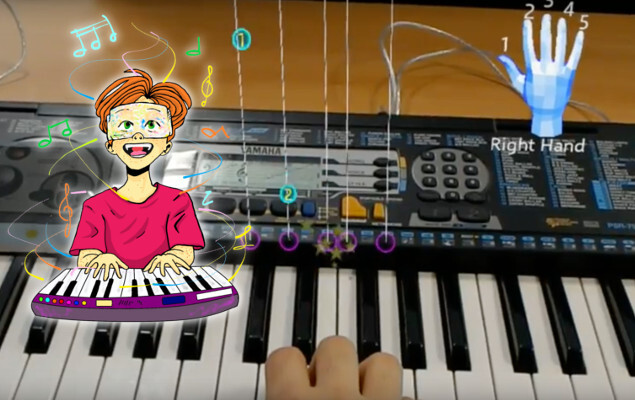
- Tourism: The use of augmented reality opens up new marketing experiences to encourage tourism by offering more enriching and interactive visits to different cities around the world.
- Medicine: Its use in medicine can improve the effectiveness of healthcare, such as our ‘Augmented Reality-based healthcare telecare’ project, a project carried out thanks to 5G technology for real-time support of mobile emergency units.
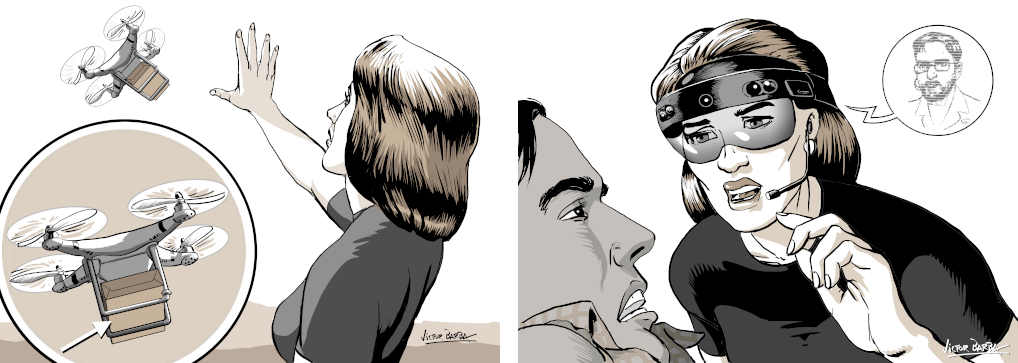
- Design: The uses of AR in the design sector can be different: we could see it applied to interior design and in architecture or construction to help professionals visualise a reconstruction.
FK has carried out several infoarchitectural reconstruction projects:
–Open innovation space Antigua Fábrica de armas de Toledo (2018) UCLM.
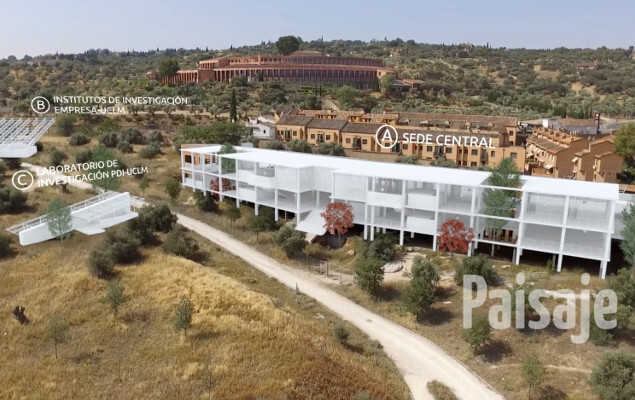
-Virtual reconstruction of open classrooms (2019) – UCLM
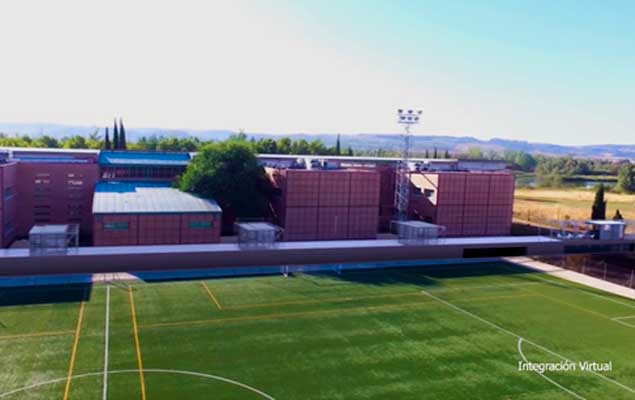
- Entertainment: An example of this is the aforementioned ‘Pokemon Go‘ app. We can affirm that this is one of the most demanded applications for use by brands and companies that want to join the evolution and change to offer new consumer experiences.
- Manufacturing: Another use of Augmented Reality is in the field of manufacturing, maintenance and repair of complex machinery. The steps to follow in the repair are much more intuitive and easier to follow if they are directly superimposed on the real image.
Virtually any area of work can make sense to develop Augmented Reality applications because of all the advantages it can offe
What are the options for glasses?
Since Hugo Gernsbac’s glasses, eyewear as we know it today has completely evolved.
Microsoft HoloLens 2
This augmented reality headset is made by Microsoft. Its predecessor: the original Microsoft HoloLens.
Focused on the enterprise market and developed for precise and efficient hands-free working. An ergonomic, untethered, standalone holographic device with enterprise-ready applications to increase user accuracy and throughput.
NReal
As a difference from the rest of the glasses, these go completely unnoticed as an augmented reality device, looking like normal sunglasses. There is no camera on the front and the lenses are where most of the technology is located. The virtual screen is the equivalent of 201 inches, which is remarkable considering the proximity of the eye.
- Android (ARcore) and Apple (ARkit) mobile devices.
What is Virtual Reality?
Virtual reality or VR creates artificially simulated environments in which the user lives an experience in which their senses believe they are in a parallel reality. This is achieved through the use of special glasses and a headset. The user is abstracted from reality to enter a virtual world. The glasses are specially designed to make the user feel that they are in another reality, which is why they must have a screen in front of their eyes.
Thanks to VR, we can immerse ourselves in video games as if we were the characters themselves, learn how to operate a heart or take the virtual tours that are in such high demand these days: visit a museum, an art exhibition in a European capital or a virtual fair.
These VR applications may seem futuristic, but they are not as recent in origin as we might think. In 1957, Morton Heilig, a cinematographer, already invented the Sensorama, providing an experience of images, sounds, vibration and smells to the viewer. Years later, in 1963, Hugo Gernsback created a portable television in the form of glasses that were already attached to the head, the teleyeglasses or television googles. With these first glasses it was possible to watch and tune in to the television, making them for many the first VR glasses.
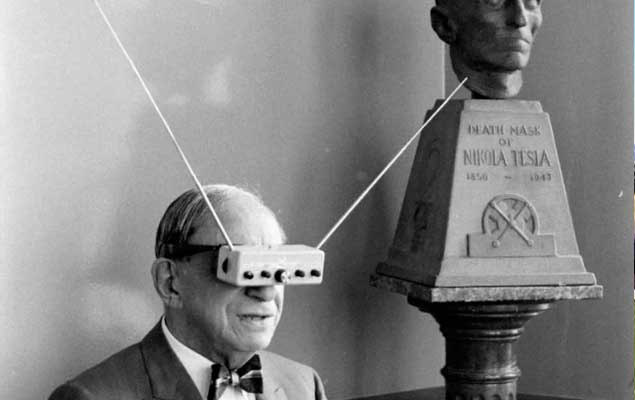
Uses of virtual reality
VR has as many applications as Augmented Reality:
- Medicine: This is one of the most popular applications at present. Simulators are recreated for doctors with specific training in the different specialities and in surgery. It is used to treat patients’ psychological problems and carry out therapies or help in rehabilitation treatments.
The latter is the use of our “Virtual Physio” project, which allows the remote supervision of rehabilitation exercises performed by stroke patients through a game-based Virtual Reality system. Each game is composed of an avatar and a series of virtual spheres representing virtual trajectories.
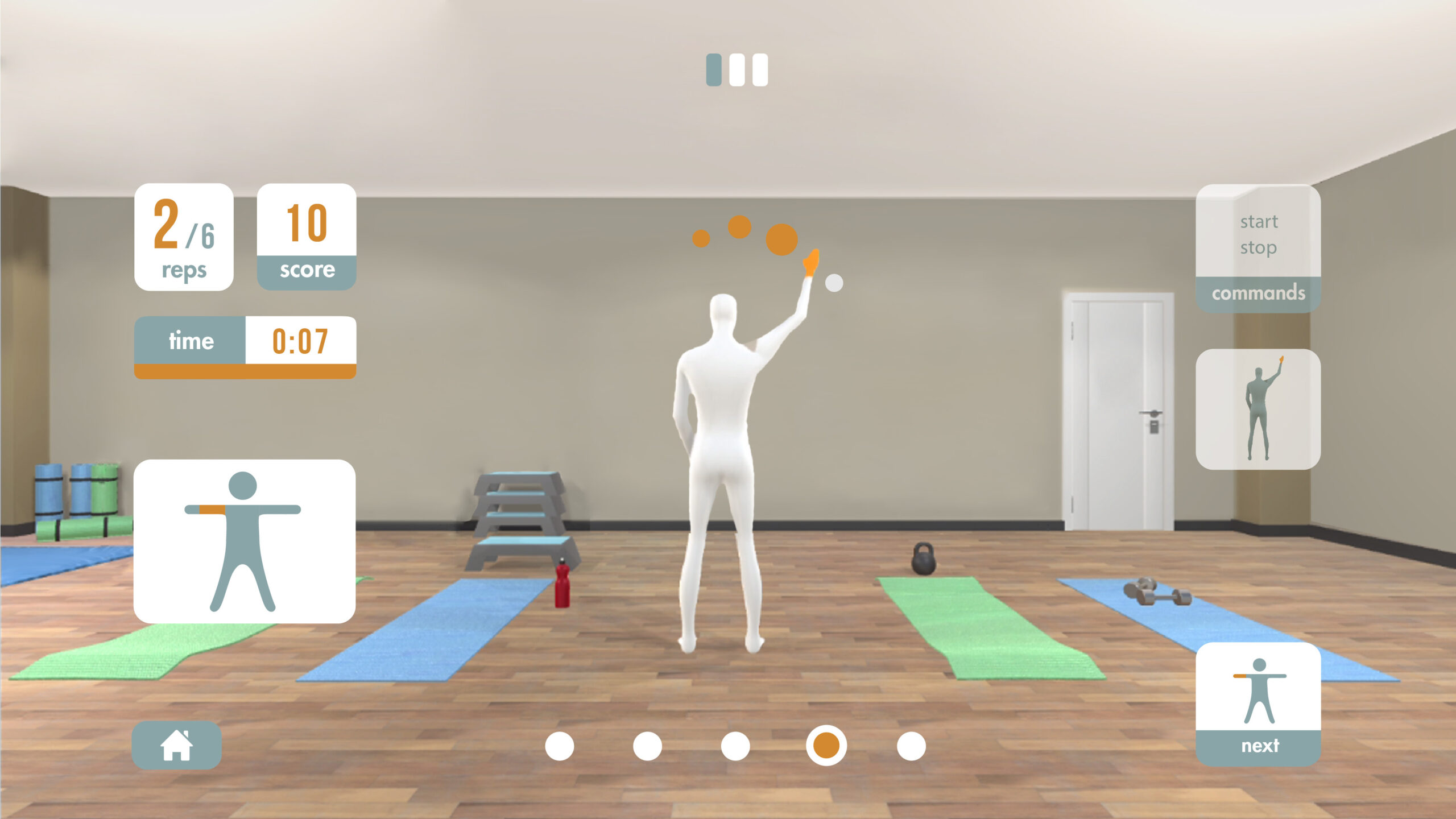
The system rewards the user by increasing their score for correctly completing a repetition. In addition, it includes tutorials that allow the user to see how to perform the rehabilitation exercise.
- Entertainment: The video game industry has increased the use of this technology for these sectors, offering unlimited opportunities for the imagination.
Education: The education sector is taking advantage of virtual reality to generate experiences for students of all ages and reactivate their motivation in different fields. - Tourism and museology: Virtual tours have been in high demand in recent years, making it possible to visit any part of the world from wherever the user wishes. It is a way of promoting tourism and bringing the consumer closer to everything related to the virtualised place.
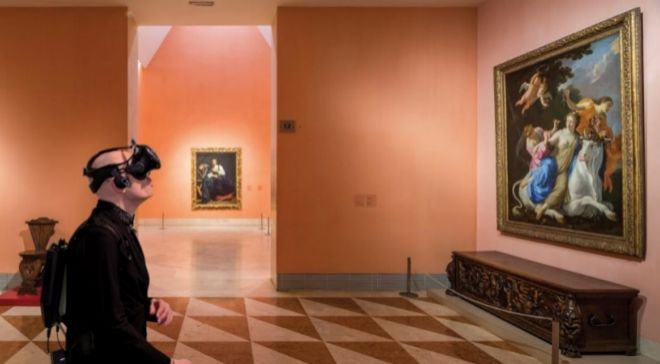
Something similar happens with museums, which offer more didactic experiences with explanatory and contextualised value.
- Training: It is often used in flight simulations, military training and road simulations for drivers of all kinds of vehicles.
Contact us and we will study which option best suits your needs. Contact us here, or schedule a video call and we will inform you without obligation.

